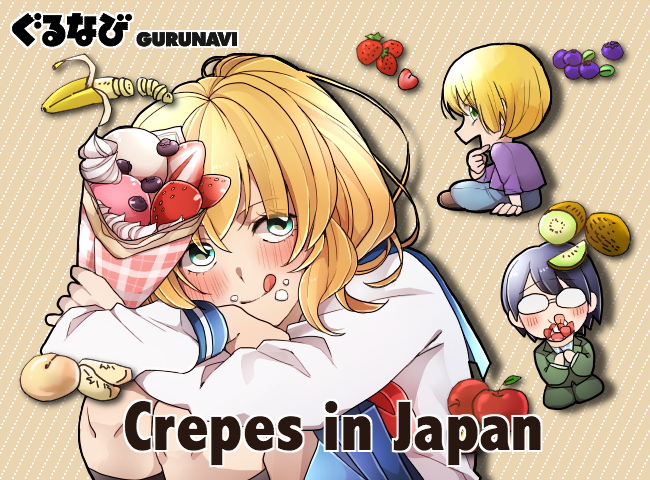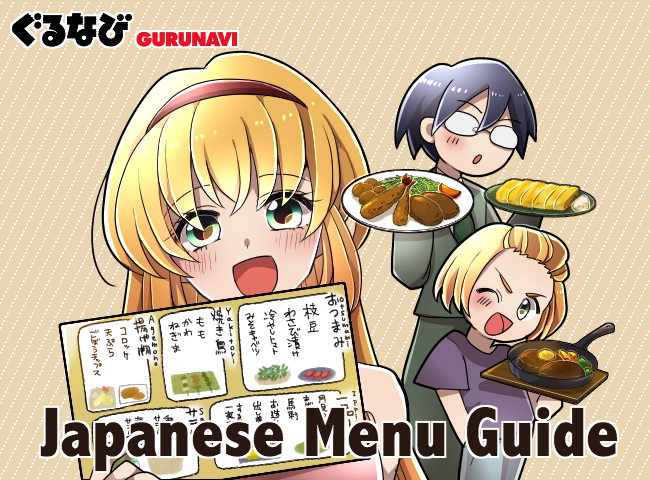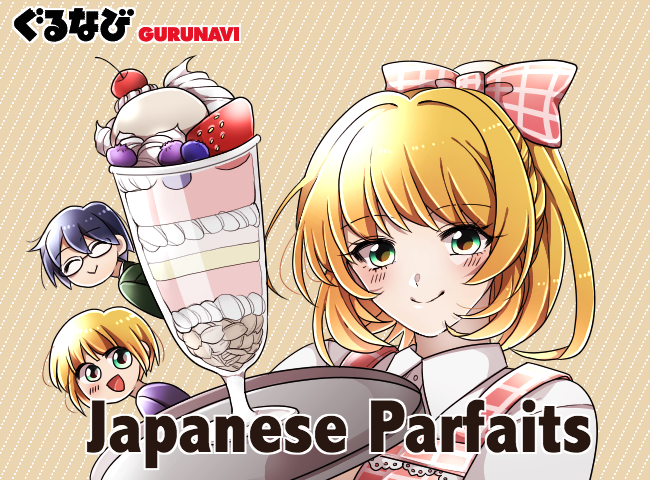Odango | Articles on Japanese Restaurants | Japan Restaurant Guide by Gourmet Navigator
Manju (bun) Summary
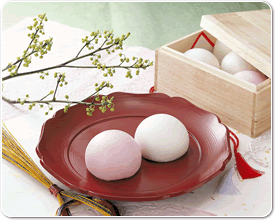
Manju (bun) is a steamed confectionery with red bean paste wrapped in kneaded wheat flour. It is the Japanese version of the Chinese "mantou". There are two theories regarding its origin, one being Shoichi Reverend Priest returned from Song Dynasty in 1241 and taught others to make "sake manju" using sake lees in a teahouse in Fukuoka. The second stating that the chief priest of Kyoto Kenninji brought Lin Jou In from the Chinese Yuan Dynasty in 1349 to spread the popularity of manju.
Wasyoku(Japanese Cuisine) encyclopedia : Manju (bun)
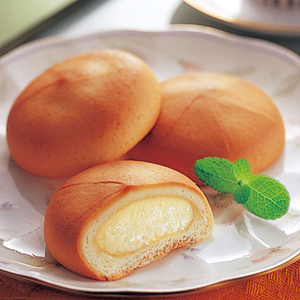
The knowledge of this Chinese dim sum spread to Japan but as monks did not consume meat, red bean paste wrapped in flour was invented. By the end of Muromachi period, the archetype of today's sake manju surfaced. The appearance of the term 'manju kowai' in rakugo (comic story telling) in Edo period signifies the familiarity of manju in commoners lives. Since then, manju came to be common in souvenirs and gifts. There are also customs involving manju, even though they are not often practised now.
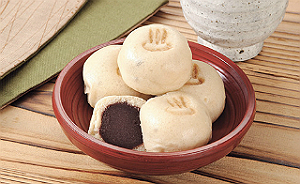
In Fukui prefecture, the bride and bridegroom scatter manju at the end of the wedding ceremony, manju are distributed to neighbours on the wedding day in Ishikawa prefecture, and red-white manju are used as thank you gifts in wedding ceremonies in Hokkaido. Not only used on celebratory occasions, manju are also served at funerals, and can be said to be a typical food item in Japanese lives. Maju was steamed when it first came to Japan, but after the Edo period, "yaki manju", a uniquely Japanese manju that combines the recipes of Early European confectionery and Chinese sweets was innovated.
Now, "onsen manju" are also popular souvenirs at many hot spring spots all over Japan. Other variations of manju such as "nikuman" and "anman" all originate from Chinese mantou, with thicker, fluffy skin but are distinguished as "Chukaman" (chinese buns)


